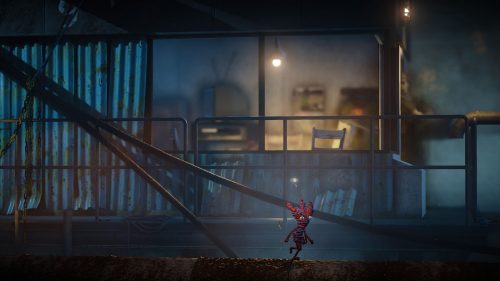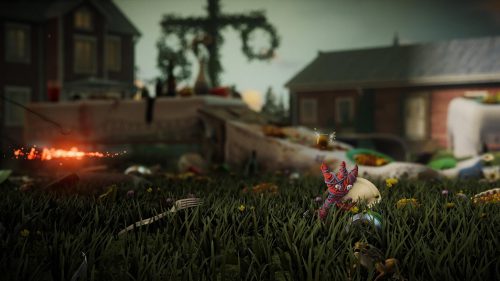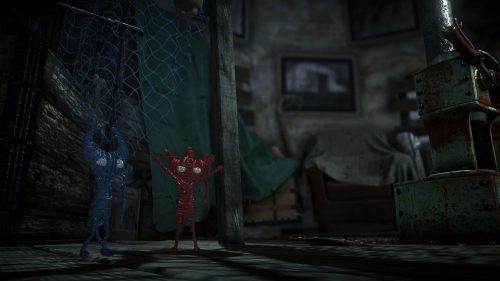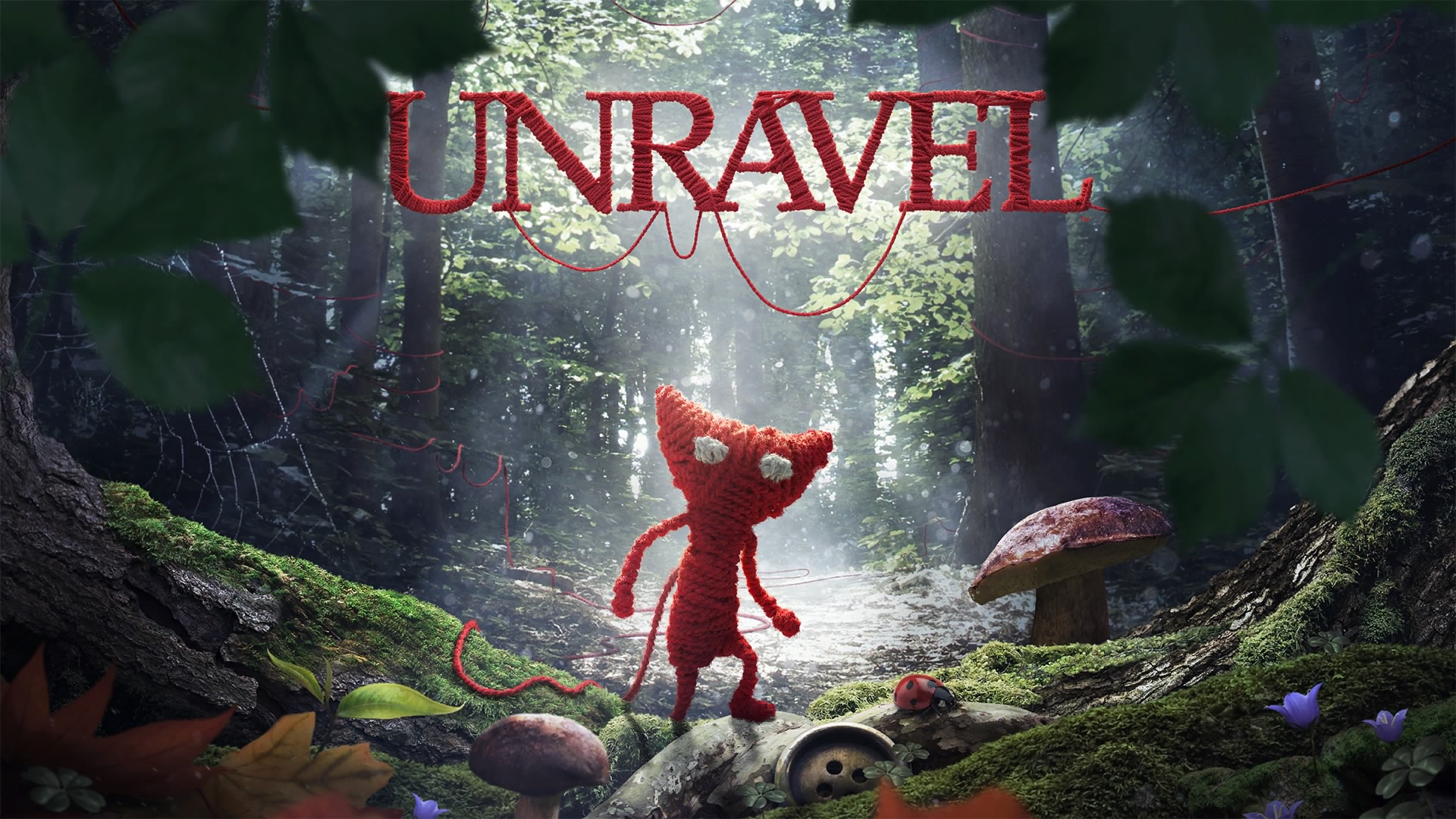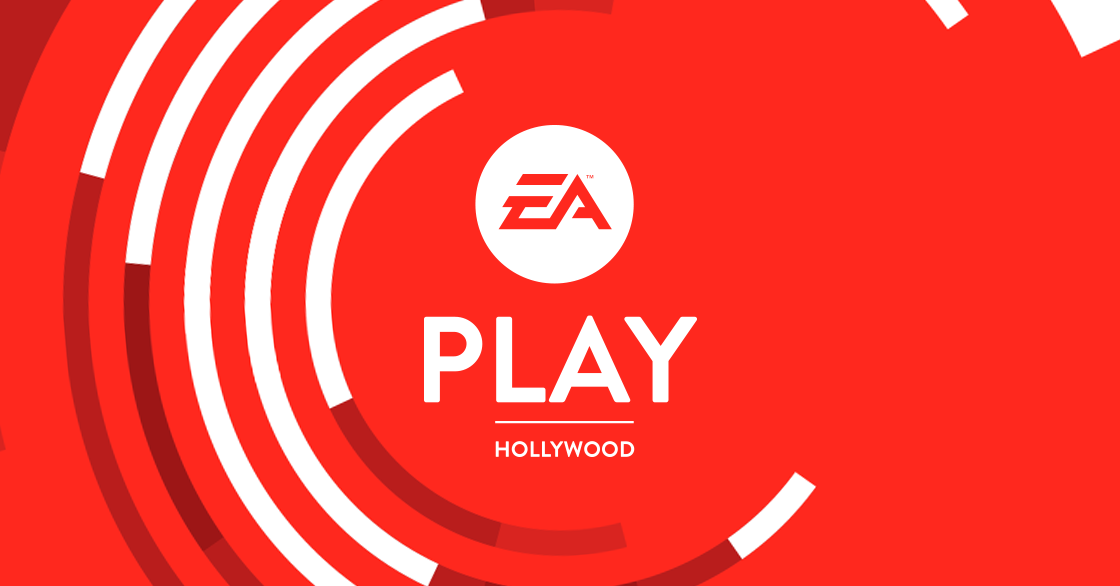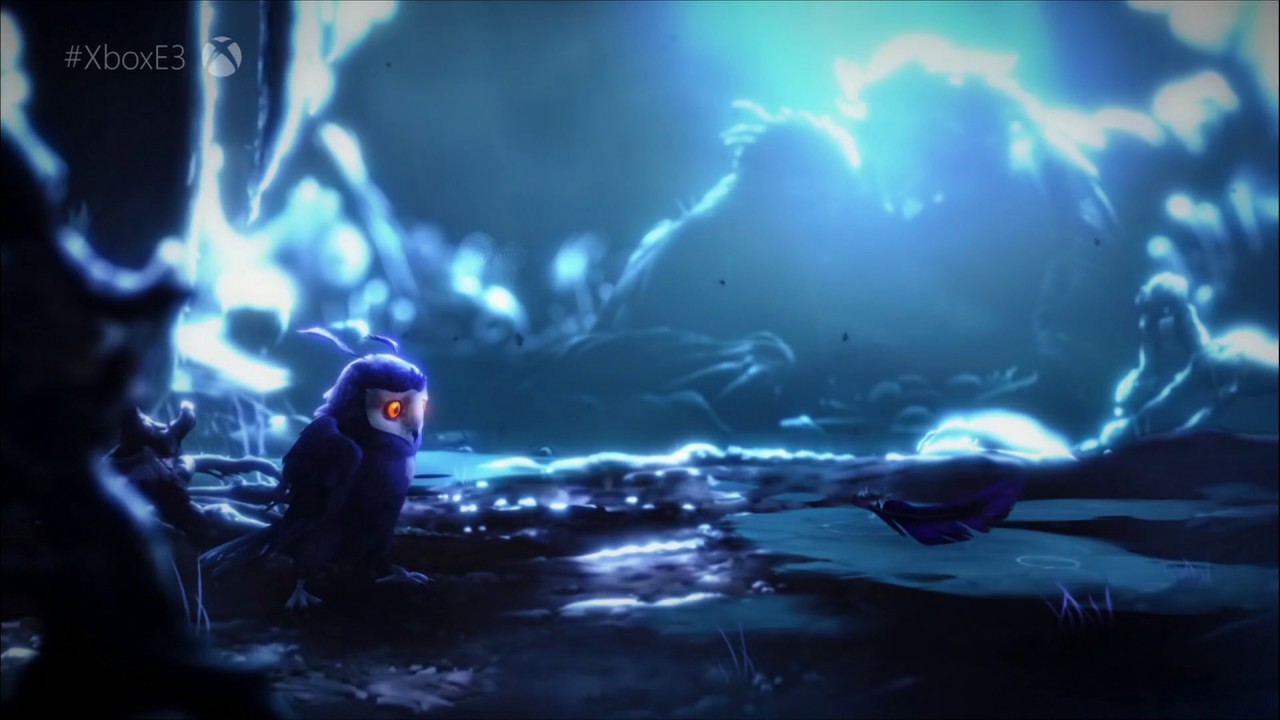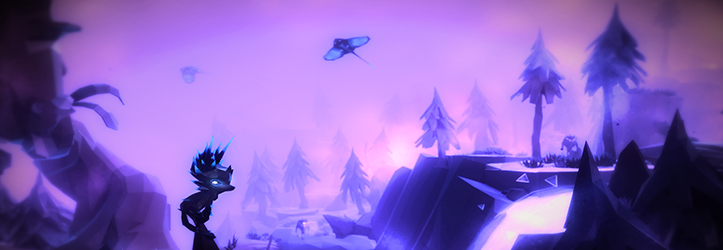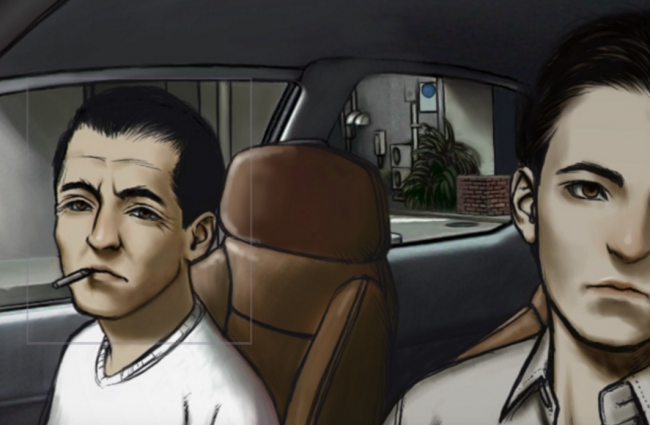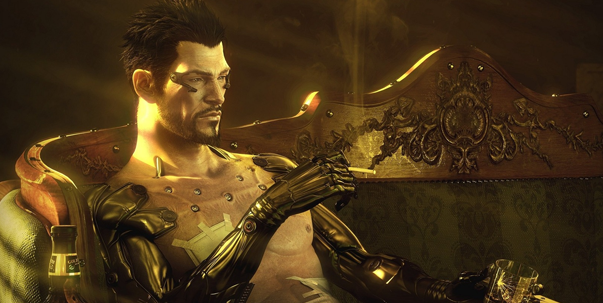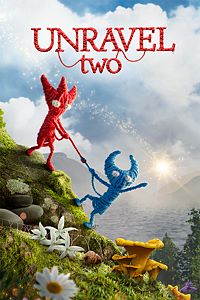
The first Unravel was one of the great little surprise packets of E3 2015. Announced on stage at EA’s conference, it was hard not to be caught up in producer Martin Sahlin’s enthusiasm for his game and its main character, the adorable woollen doll, Yarny.
Now, two-and-a-bit years later, we have a sequel, announced and released on the same day at EA’s E3 press conference. Sahlin spoke much more confidently this time around, and Unravel Two reflects that confidence. This is a more ambitious, more self-assured and all-around improved version of its predecessor.
The biggest change in Unravel Two is the addition of a second Yarny. The two Yarnys work together to solve challenges. This is true whether or not you’re playing alone, where you can switch between them, or with another person in local co-op. Having two Yarnys allows the game to introduce much more complex puzzles and set pieces, making for an overall more challenging experience.
Two Yarnys means that the ever-present string that follows you through the game can be manipulated in new ways to allow one Yarny to lay down a path through an area while the second Yarny holds an object in place or stands on a button. It doesn’t matter which of the two colours (red and blue by default, but you can change these to a variety of different coloured Yarnys) you use. There’s no difference in the capabilities of each Yarny.
The original Unravel wasn’t the most challenging game, so the increase in complexity is very much appreciated. The game still has fun set-pieces too, including one where both Yarnys have to work together to escape the clutches of an ornery pheasant. At other times, the Yarnys have to avoid the clutches of shadowy darts that will chase them around levels, and there’s even a return of the factory-style level from the original game.
Visually, Unravel 2 looks even better than its predecessor. New locations give more variety, and new effects, such as the fire effect and a better effect for showing the actions of background characters, make the game one of the best-looking platformers ever. The depth of field effect is necessary to bring focus to the action, and it works great, with a nice clean bokeh on the background that makes the game feel like it’s being seen through a very high-quality lens.
The soundtrack is similarly great, and again improves upon the original. It works equally well to highlight tense moments as well as the contemplative scenes, and the piece used in the game’s amazing final level is outstanding.
This quality is not quite matched by the story. The original Unravel told the personal story of a family, looking back on the past through a photo album. It was deeply personal, rather sad in some places, and ultimately quite touching. Unravel Two, by comparison, doesn’t reach quite as high. Instead it’s the story of two young people (it’s hard to tell if they’re children, teenagers or young adults) escaping from some kind of government agency for… something? It’s not quite clear. While the story of the Yarnys is obvious (they washed up in this place after a storm wrecked the boat they were on), the story of the humans, which is the story that gave the first game its true emotional centre, doesn’t quite come across as well here.
The payoff in Unravel Two’s ending, however, makes the game worthwhile. I won’t say exactly what happens, but the game works for it in a subtle and unexpected way, and it was really touching. This is the story of the Yarnys rather than the characters whom they help, and perhaps if there’s another Unravel title, then eschewing the background story would be fine.
Other than the story, there’s little to fault here. The controls are nice and responsive, and the Yarnys have some fun abilities backed by a consistent physics model. Some puzzles can take a moment or two to work out, especially if you played the original and are not used to using both Yarnys to solve everything. There’s cute touches too, like the way the Yarnys merge together when carrying each other, or the little emotes they do at the start and finish of each level. They’re as adorably expressive as ever, and seeing them get through each part of the game is satisfying.
Unravel was a surprising game from EA, made as part of the company’s push to tap into the market that Ubisoft and Activision had discovered for smaller titles—essentially indie games with big-publisher backing. That it did well enough for the publisher to invest in a sequel is a good sign, and proof that somewhere inside the behemoth publisher, maybe there is a little bit of heart left. Even if there’s never another Unravel game, I look forward to seeing what Coldwood does next. The studio clearly has a lot of talent and imagination, and with two well-made platformers under their belt, I really want to see where they go from here.
Faultless visual presentation
Two Yarnys means more interesting puzzles
Story isn't as good as the first game

